By: Ali Farkhan Tsani, Duta Al-Quds, Senior Editor of Mi’raj News Agency (MINA)
The current situation in the Palestinian territories is not far from the reality they experienced on such days, 20 years ago, when the “Al-Aqsa Intifada” erupted.
The crimes of the Israeli occupation and Jewish settlements are increasing, more than they did before, and this is what happened.
On the other hand, the current state of Palestinian unity reconciliation, warns of a new intifada, one that will be stronger than ever to counter the expansionist Israeli occupation.
Also Read: Sheikh Muhammad Amin al-Husseini: The Palestinian Mufti in Indonesia’s Independence History
Yes, today, September 28, 2000, the second spark of Palestinian resistance, known as the “Al-Aqsa Intifada”, emerged as the Palestinian people’s response to Israeli settlement action, and the Israeli government, then led by Ehud Barak, with the permission of the former Prime Minister. Minister Ariel Sharon to carry out a raid operation into the grounds of the Al-Aqsa Mosque, as part of a plan aimed at taking over the mosque.
The spark of “Al-Aqsa Intifada” erupted following Sharon’s visit to the Al-Aqsa Mosque compound, a fierce confrontation erupted. The Jerusalemites were confronted by the occupation army who sprayed bullets and inflicted casualties on their ranks.
Right on Friday, the Palestinian territories were in a state of furious anger. The people of Jerusalem responded to the occupation raid on the Al-Aqsa compound during Friday prayers, which resulted in the death of six martyrs in the Al-Aqsa compound, and hundreds of other injuries. (Al-Quds al-Araby, Sunday 27/9/2020).
After that, the spark of anger spread to all areas of the West Bank and Gaza Strip.
Also Read: Celebrating 200th Java War: Novelty Spirit of 2013 Memory of The World
In the first days of the “Al-Aqsa Intifada”, the occupation tried to terrorize the Palestinians, to prevent them from continuing the popular anger. They used military helicopters for the first time to bomb ground targets.
The military operation soon expanded until they used warplanes in attacks on residential buildings.
During this period, Israel established a new military system based on targeting civilians, after carrying out numerous massacres and killing thousands of Palestinians.
The political situation at the time of the intifada was also increasingly complicated. The talks held by the US government at that time led by Bill Clinton, Palestine under Yasser Arafat and Israel led by Ehud Barak, at the Camp David resort, for several days, were unsuccessful, due to the Israeli refusal to grant Palestinians the right to establish an independent Palestinian state. on the border of 4 June 1967, with East Jerusalem as its capital.
Also Read: History, Islam, and the Culture of the Kazakhstan: Abai as a National Inspiration
The “Al-Aqsa Intifada” also described the occupation using a policy of direct killing, using its warplanes, thus killing the senior leaders of all Palestinian organizations. The military targeted the Fatah Hussein Abayat, Thabit Thabet, and Raed Al-Karmi movements, and Hamas founder Ahmed Yassin, Dr. Abdel Aziz Al-Rantisi and Salah Shehadeh, Ibrahim Al-Maqadma, Ismail Abu Shint and Jamal Mansour, and from the Popular Front Secretary General Abu Ali Mustafa.
The occupation army expanded its offensive under a military plan, invading in 2002 across the West Bank, and imposing a tight siege on President Yasser Arafat. The new siege opened when Arafat left thirsty for medical treatment in France. He died there and returned to be buried near his besieged workplace who was the target of Israeli shooting and destruction.
During the Intifada, there were also major attacks in the West Bank, operation wall of defense, the execution of mass killings and massacres, most notably in Jenin camp, and the city of Nablus in the northern West Bank, and across the West Bank, and sieges on the headquarters of president and the church of the nativity in the city of Beit.
The Israeli occupation government implemented its plan to build a separation wall around West Bank cities and villages, which devoured most of the land there and expanded settlements and built many new ones.
Also Read: Boycotting Israeli-Affiliated Products: A Moral Stance and a Form of Supporting Justice
Palestinians responded to the attacks, by forming armed military factions, which carry out attacks in the West Bank and Gaza territory, inside settlements and others in the heart of Israel’s main cities.
Current Intifada
By relating the events that occurred at that time with what is currently being experienced by the Palestinian territories, it is known that the scene is almost identical, even current events exceed the events that led to the eruption of the “Al-Aqsa Intifada” in the past.
At this time, settlements are accelerating in a frenzy, especially with the occupation’s announcement of its plans to annex 30% of the West Bank, while receiving massive Arab support, which was not there 20 years ago. Namely the normalization of relations between the United Arab Emirates and Bahrain and Israel, in a new betrayal of the Palestinian people.
Also Read: 77 Years Since Nakba, Palestinian Population Grows Tenfold
So, the situation is almost the same. Palestinian leadership for popular resistance is increasingly converging to block settlement projects. Palestinian factions united to oppose the planned occupation. According to the agreement of the Ramallah-Beirut website meeting some time ago.
They decided to form the supreme leadership of the popular resistance, to support the PLO Executive Committee, which means that all the current problems mark the outbreak of a “new intifada” in the face of urgent circumstances.
The Al-Aqsa Intifada in 2000 with the number of armed confrontations and increased military action between the Palestinian resistance and the Israeli army killed 4,412 Palestinians and injured 48,322.
As for the losses of the Israeli army totaled 334 people killed, including 735 settlers, and the total number of Israelis killed and wounded was 1,069, and 4,500 injured, and 50 Merkava tanks damaged, and a number of Israeli military jeeps and armored vehicles were destroyed.
Also Read: Indonesia Must Do More Than Evacuate, Gaza Needs Us to Act Now
Thus, the new Intifada today and beyond will be much stronger for the Palestinian cause. Moreover, many new types of missiles from the Gaza Strip are capable of reaching Israel’s main cities. Plus the unification of all factions in the Gaza Strip and the West Bank, further strengthen the Palestinian position.
Although gradually the Arab League countries began to leave. Here is the real test, that the struggle of the Palestinian people will depend on the unity and internal unity of Palestine itself.
As for the issue of international support, there is no need to worry, because all Muslims everywhere, and humanitarian activists anywhere in the world, will always be behind Palestine. (AT/RE1)
Mi’raj News Agency (MINA)
Also Read: The Recitation of Surah Al-Isra from Jakarta for Palestine





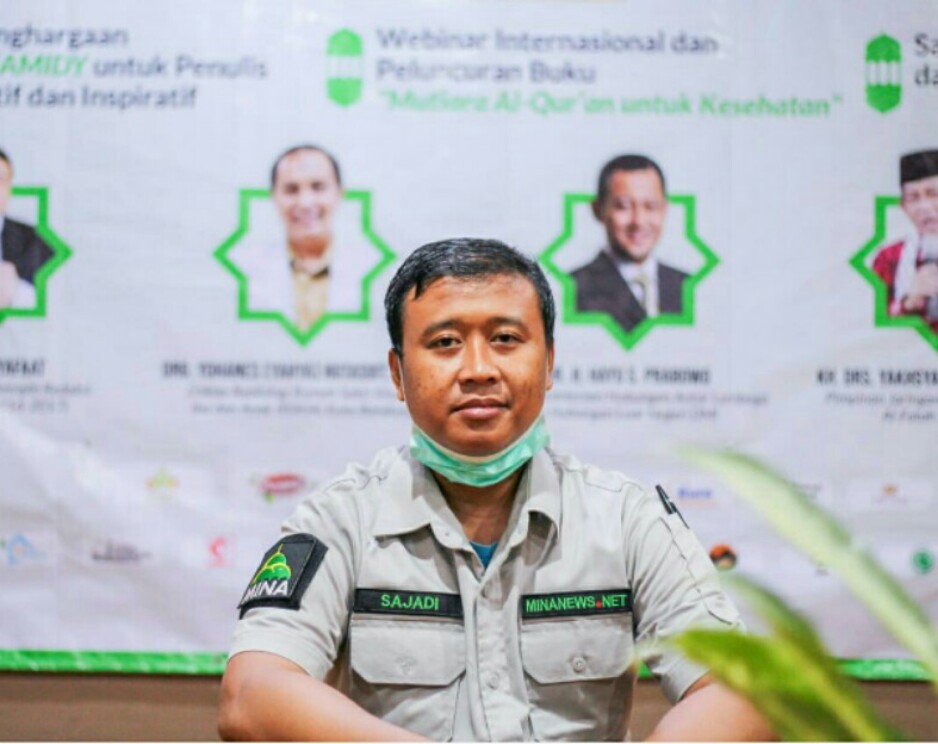
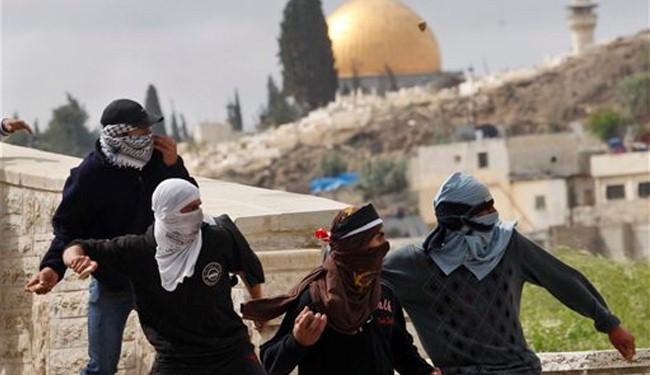

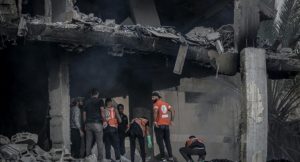

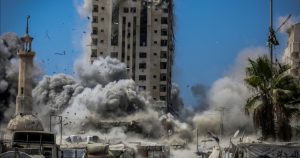
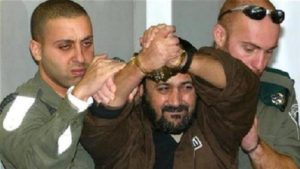
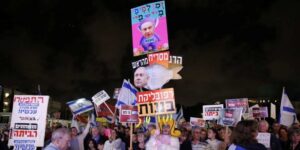
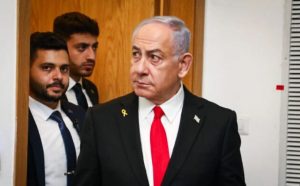
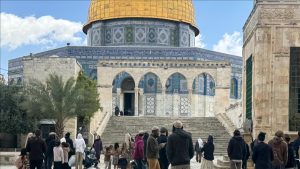
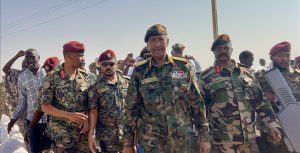

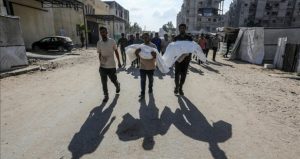
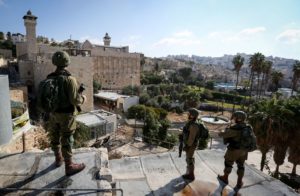
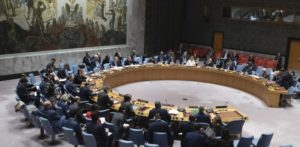






 Mina Indonesia
Mina Indonesia Mina Arabic
Mina Arabic